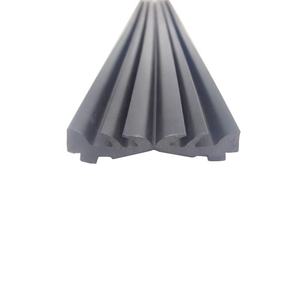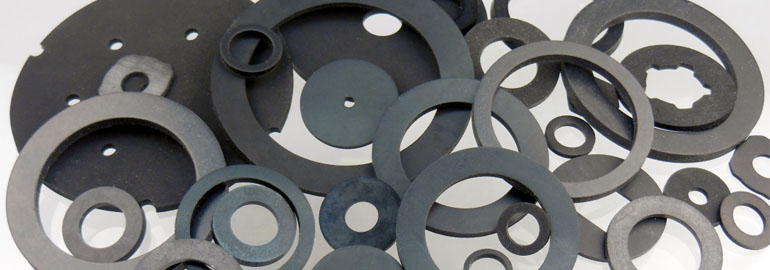A dilatation seal, also known as an expansion joint or expansion seal, is a specialized structural element or device used in construction and engineering to accommodate thermal expansion, contraction, seismic movement, and other dynamic forces within a structure. These joints or seals are essential in various applications, including buildings, bridges, pipelines, roadways, and industrial facilities, where materials and structures need to adapt to changing environmental conditions and loads.
The primary purpose of a dilatation seal is to provide a flexible connection between adjacent structural components, allowing them to move independently while maintaining their functional integrity and structural stability. These seals prevent the transfer of excessive stress and strain that can lead to cracks, damage, or even catastrophic failure in the absence of a flexible connection.
Key characteristics and features of dilatation seals:
- Material Selection: Dilatation seals are typically constructed from a variety of materials, including rubber, neoprene, metal, or composite materials. The choice of material depends on the specific application, the expected movements, and environmental factors like temperature and exposure to chemicals.
- Design Types: There are various types of dilatation seals, each tailored to specific requirements. Common designs include expansion joints, contraction joints, modular expansion joints, sliding plate joints, and elastomeric seals. These designs can accommodate different types of movement, such as axial, lateral, angular, or a combination of these.
- Location: Dilatation seals are strategically located in areas where movement is anticipated. For instance, in a building, they may be found between different sections of a structure, around windows, or at the interface between a building and its foundation. In bridges, expansion joints are often installed to account for the thermal expansion and contraction of the bridge components.
- Load-Bearing Capacity: Dilatation seals must be designed to carry the structural loads imposed on them while still allowing for movement. The load-bearing capacity is determined by the seal’s design, size, and the materials used.
- Waterproofing and Sealing: In many applications, dilatation seals also need to provide waterproofing and environmental protection. This is particularly crucial in infrastructure projects like bridges and roads where water infiltration can lead to corrosion and structural degradation.
- Maintenance: Proper maintenance is essential to ensure the longevity and functionality of dilatation seals. Inspection, cleaning, and, if necessary, replacement are part of routine maintenance practices.
- Aesthetics: In some architectural applications, dilatation seals need to be concealed or designed in a way that complements the overall appearance of the structure. This is particularly important in high-profile buildings or historical restoration projects.
- Fire Resistance: In certain applications, such as buildings and tunnels, dilatation seals may need to have fire-resistant properties to meet safety regulations.
- Compliance with Codes and Standards: Dilatation seals must adhere to industry-specific codes and standards to ensure their effectiveness and safety.
- Acoustic and Vibration Isolation: In addition to movement accommodation, dilatation seals can provide acoustic and vibration isolation, which is essential in reducing noise and preventing structural damage from dynamic loads.
In summary, dilatation seals play a crucial role in the integrity, safety, and longevity of various structures by accommodating movement, temperature fluctuations, and dynamic forces. Their design and material selection are tailored to the specific requirements of each application, whether it be in buildings, bridges, pipelines, or industrial facilities. Proper installation and maintenance are essential to ensure that these seals perform their intended functions effectively.






